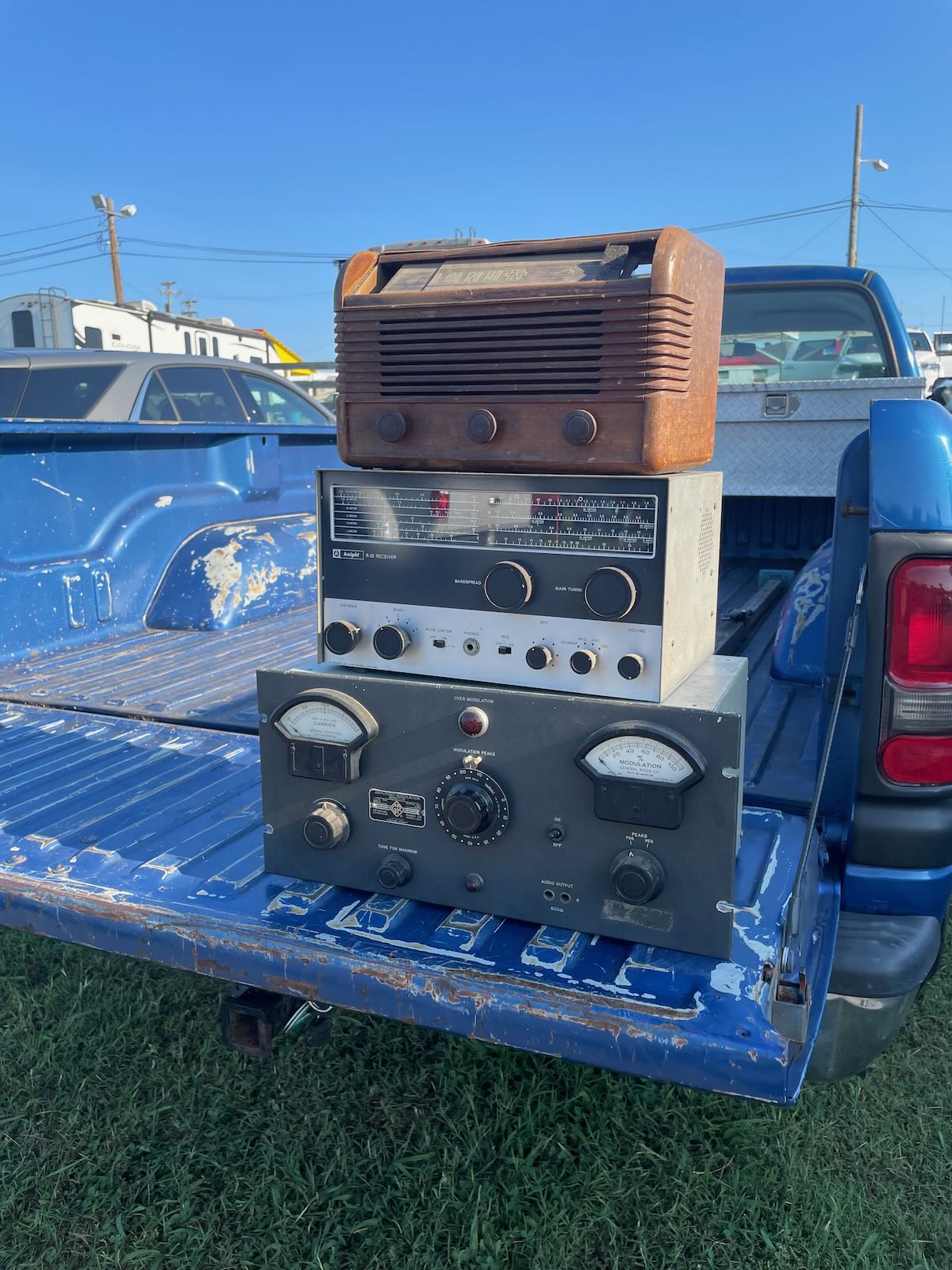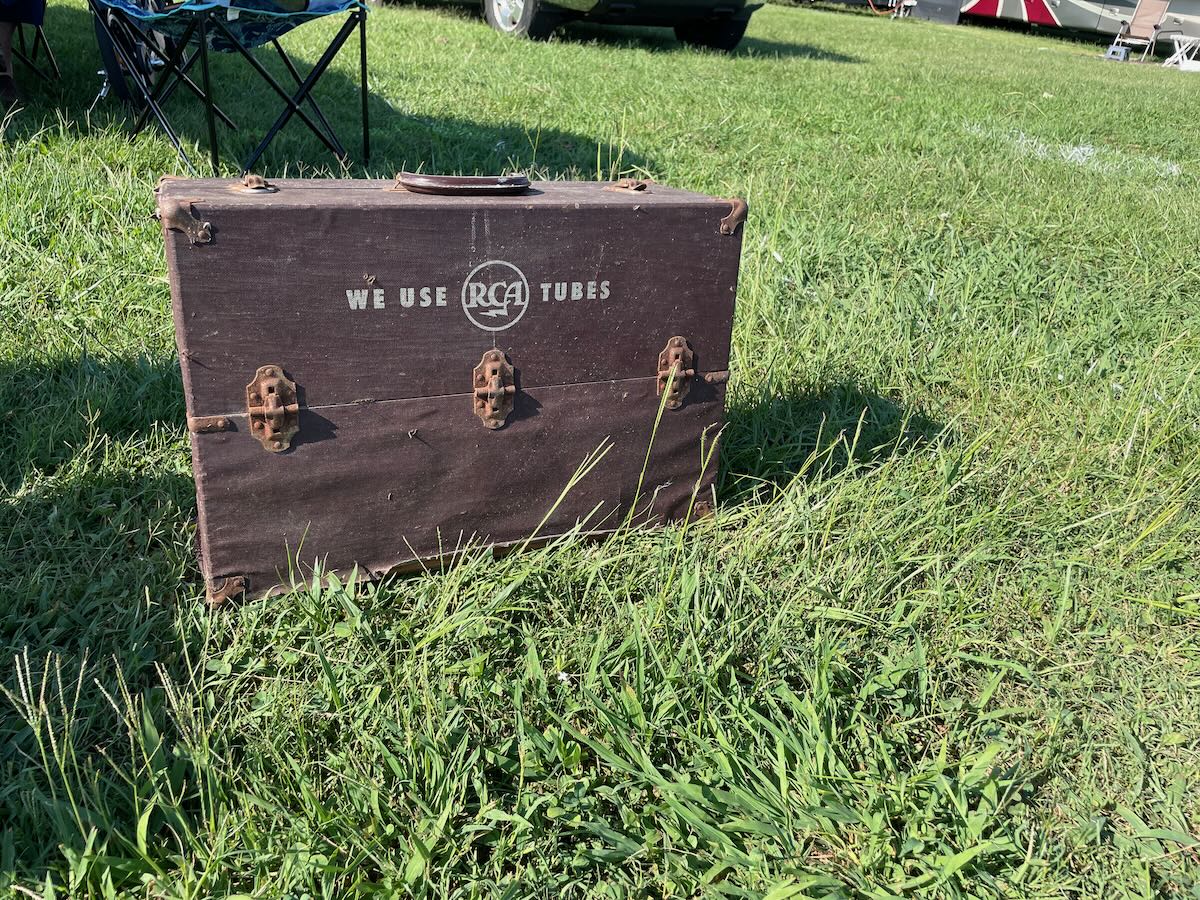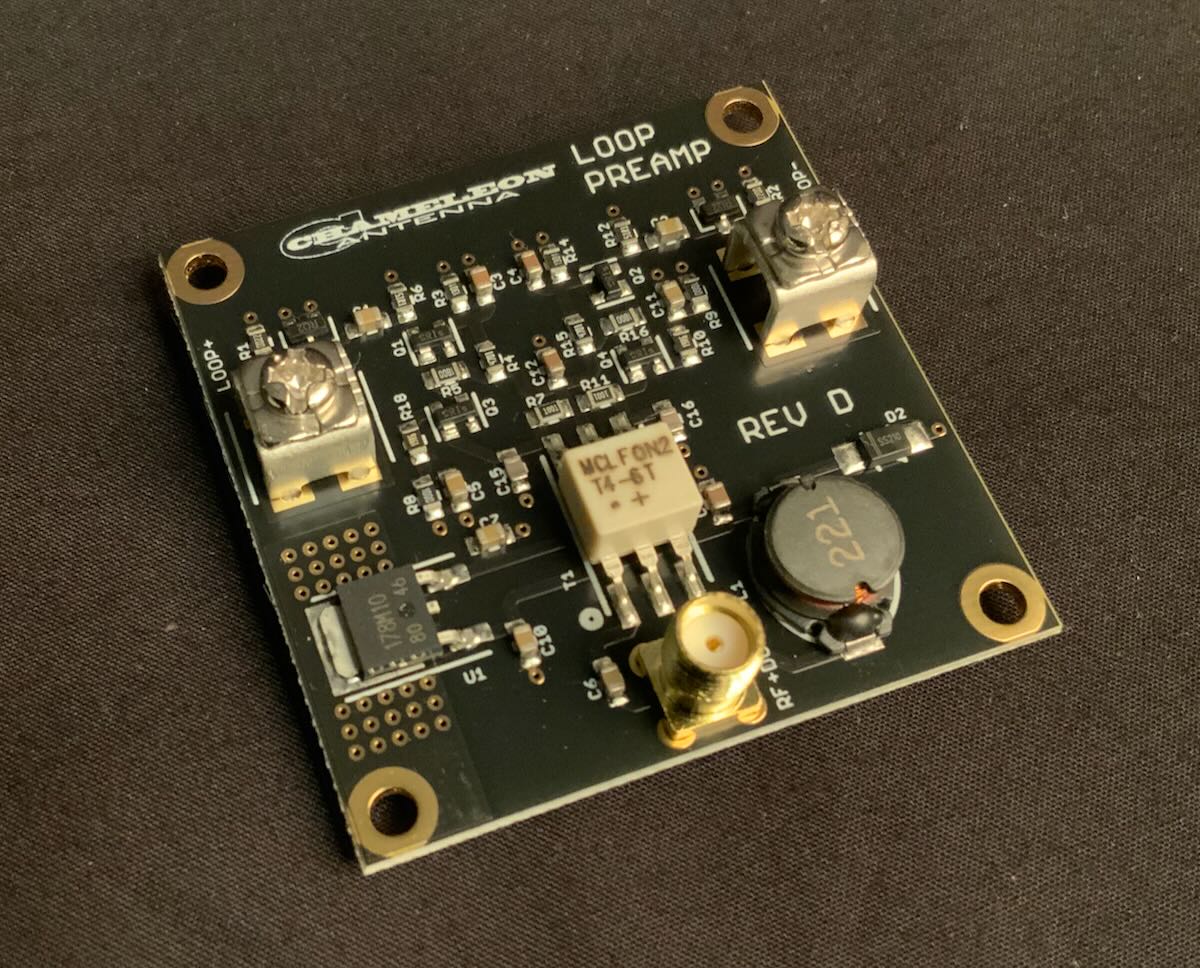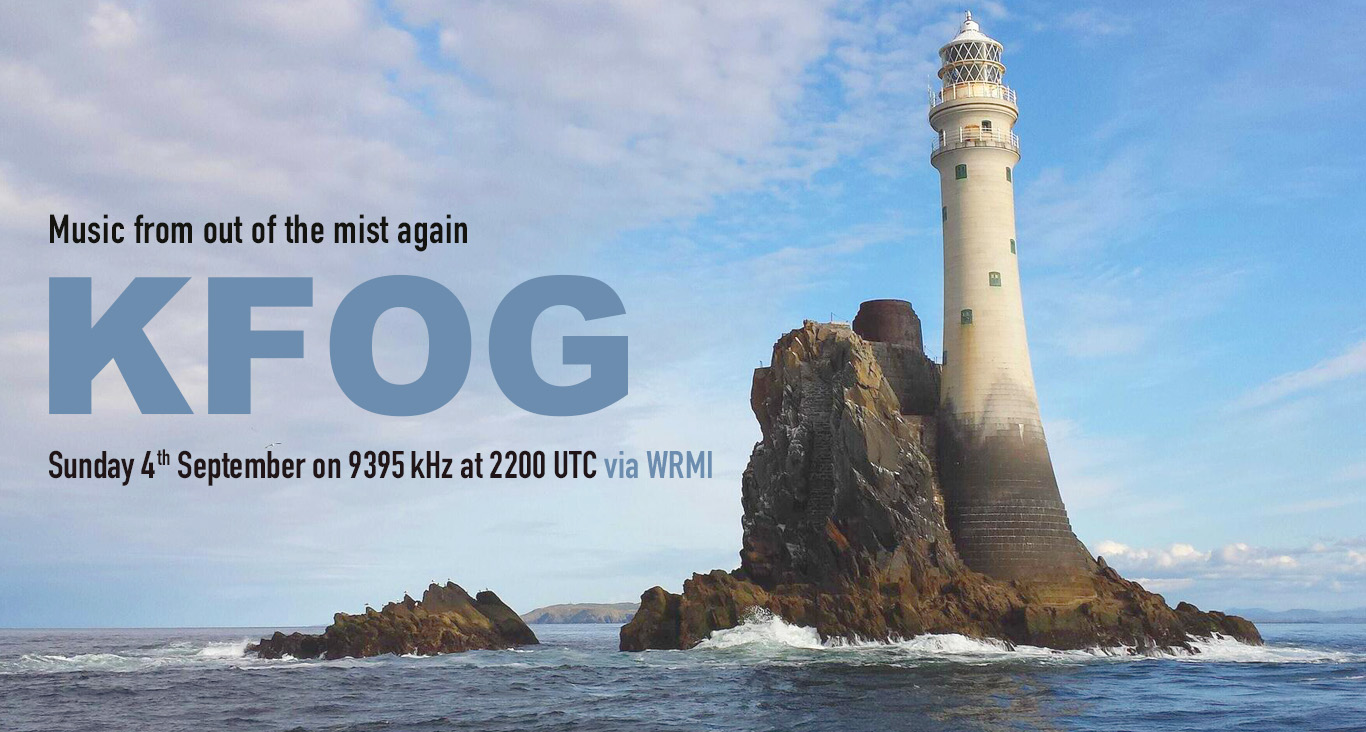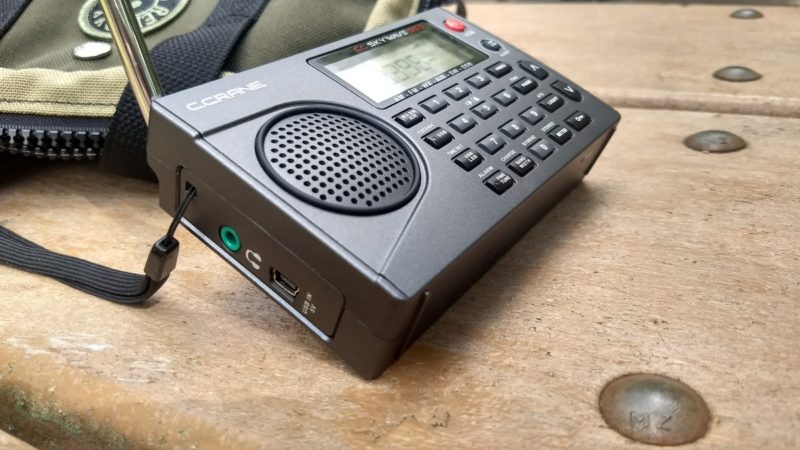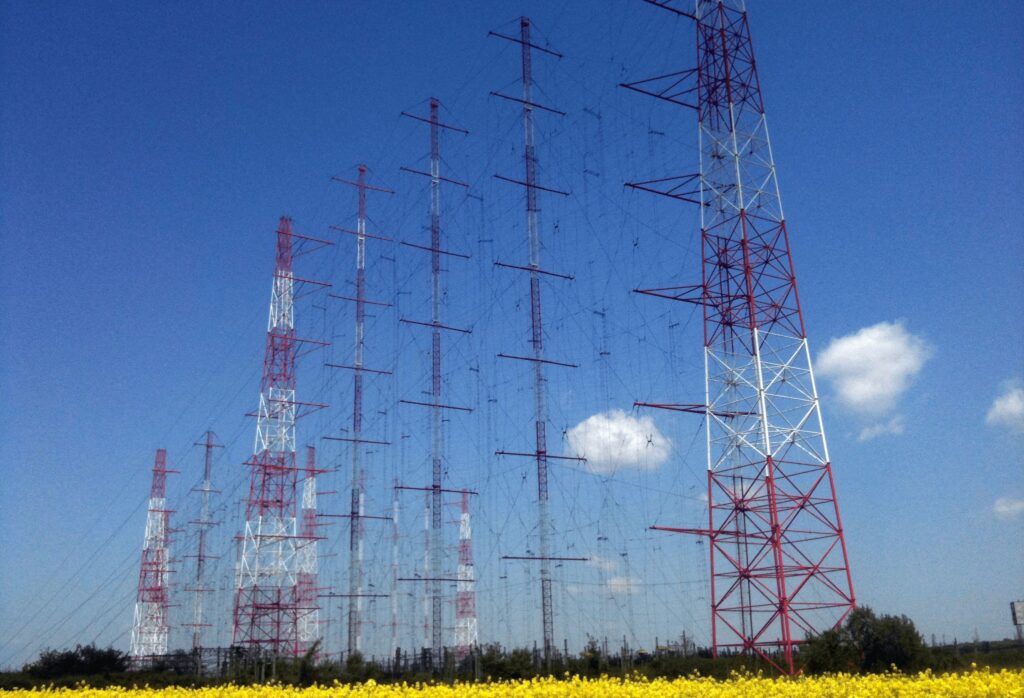
By Jock Elliott, KB2GOM
The internet, I think, is darn near magic. A few keystrokes and you can find almost anything. And people use it all the time for all kinds of things. Hold that thought for a moment.
At the same time, I am very nearly a free speech absolutist . . . you (or anyone) should be allowed to say anything you please so long as it is not illegal. Period.
(An important aside: this post is NOT about left vs. right, up vs. down, etc. It’s about principles, speech, and access to media. If the comments descend into political vituperation, I will ask Thomas (our Maximum Leader) to take the whole post down, comments and all.)
Now, I know what you are thinking: what about mis-information, dis-information, hate speech, offensive speech, and so forth?
Who gets to decide? And other issues.
Well, three things:
- Who gets to decide? I don’t know about you, but I don’t want “the rules” of free speech to be decided by individuals, companies, or governments that have reason to suppress or hide information. The road to the past is positively paved with examples of constricting speech
- How – if you decide to suppress speech for whatever reason – do you know that you are absoflippinlutely correct in your assessment? It wasn’t that long ago that “the experts” were positively certain that continents did not move, and people were pilloried for suggesting that they did. And yet now continental drift is an accepted theory with a great deal of physical evidence to support it. Or how about this: in 2005, the Nobel Prize for Medicine was awarded to two Australian physicians who discovered ulcers are caused by a bacterium. For decades, medical journals would not publish their experimental results because the “consensus” said stress caused ulcers. How many people died because of this suppression? Or how about this zinger from Einstein: “No amount of experimentation can ever prove me right; a single experiment can prove me wrong.” Got it? Today’s foolishness can be tomorrow’s truth . . . and vice versa.
- When it comes to offensive speech (and there is certainly enough out there), I’ve discovered these amazing, state-of-the-art, high-tech tools: the OFF switch and the tuning knob. Use them; it’s a liberating experience.
Okay, bear that in mind for a moment.
But what does that have to do with shortwave? I’ll tell you in a second, but first, one teeny-weeny observation about the internet. Ready? Here it is: it can be switched off in an instant, and then your wonderful world of information simply isn’t there.
Shortwave, however, is much harder (although not impossible) to switch off. It can get through often when nothing else can. It crosses borders, by passes those who control the switches, and even can be discerned many times when powers that be are trying to jam it.
My Wish
I would like to see lots more shortwave stations, including privately owned shortwave stations, broadcasting a wide variety programming from lots of different perspectives. And because it is over the international airwaves, it would be a lot more difficult to suppress than the internet (or social media).
Wouldn’t it be neat if it was relatively easy, especially in terms of government regulations to get low-power shortwave stations on the air? Imagine a plethora of viewpoints delivered through a medium that would be relatively difficult to curtail. I think that would be a good idea. What do you think?
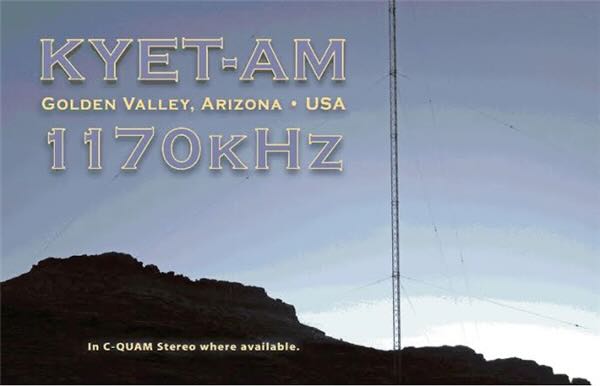 Many thanks to SWLing Post contributor, Dave (N9EWO), who writes:
Many thanks to SWLing Post contributor, Dave (N9EWO), who writes:

